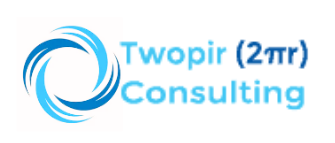Introduction: In the dynamic world of real estate, staying ahead requires more than just hard work—it demands smart tools and strategies. Enter Propertybase, a revolutionary real estate CRM designed to transform how you manage your business. With its robust features and intuitive interface, Propertybase empowers real estate professionals to achieve unparalleled success. In this article, […]
- January 30, 2023
- January 28, 2023
Pardot Form Dependent Fields: Streamlining Data Capture Pardot Forms has a unique feature called Dependent fields which can be used in the forms. A dependent field is a field that is populated based on the value of another field (which is known as the independent field) in the same Dynaform. Each time the value in […]
- January 27, 2023
MOST EFFICIENT WAYS TO USE PARDOT ADVANCED & BUSINESS UNITS What is Pardot Advanced? There are four Pardot editions; Growth, Plus, Advanced, and Premium. You can find a full Pardot edition feature comparison here. Pardot Advanced comes with sophisticated features that aren’t found in lower-level plans. The Business Units feature alone is a valid reason to […]
- January 23, 2023
Pardot Grading Simplified: Fewer Rules, More Power When Conditional Completion Actions were released in 2022, we knew it was going to mean big things for MCAE (Pardot) accounts. The new feature has enabled us to improve the setup of client accounts but there’s one use case that we’re particularly happy about. Thanks to Conditional Completion Actions, we’re […]
- January 20, 2023
STREAMLINE SCHEDULING WITH SUMO IN SALESFORCE Customer Engagement Platform, SUMO delivers a best-in-class appointment, event, and class booking solution, directly available in your Salesforce org. SUMO’s focus on usability and stability, as well as its top-notch support team, is reinforced by their customer feedback Functions available in sumo cep :- Sumo Cep Built on Salesforce’s […]
- 1
- 2
